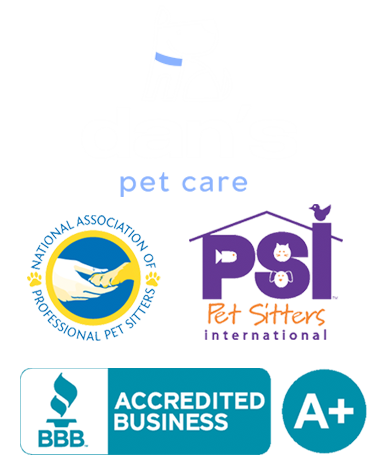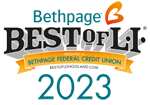Kennel Cough Check In Protocol
Before letting any dogs into the facility please be sure to review the below form by asking them the questions, we are not having them fill it out themselves. The goal is to make sure we are not allowing any dogs in that are actively showing symptoms. Please review this full page in it’s entirety to understand the protocol moving forward.
Demonstration: Kennel Cough Exam & Test in Dogs ! - YouTube
Script for Staff: Symptom Check-In for Dogs
Greeting:
"Good [morning/afternoon], [Client's Name]! I hope you and [Dog's Name] are doing well today. Before we go ahead, I just need to complete a quick health check for [Dog's Name] to ensure they’re feeling great and ready for our services today."
Filling Out the Form:
Team Member Information:
(Fill this section yourself as the staff member conducting the check-in.)
Symptom Check:
I'll need to ask a few quick questions about [Dog's Name]’s health recently. Have you noticed any coughing or sneezing at all?"
"Any discharge from the eyes or nose?"
"Has [Dog's Name] been more lethargic than usual, or shown any loss of appetite?"
(Check the appropriate boxes based on the client’s responses.)
Complete Tracheal Palpation if any of the above are a Yes
See Below
If the Dog Shows Symptoms:
"Thank you for this information. Since [Dog's Name] is showing some symptoms that could be related to a respiratory issue like kennel cough, I’ll need to check with our manager before we can proceed. This is just a precaution to keep all our furry friends healthy and happy."
If the Dog Has No Symptoms:
"Great, it sounds like [Dog's Name] is in good health! We’re excited to have them today. I’ll just finish up the details here, and we’ll be all set."
Finalizing:
"All done! If there’s anything specific you’d like us to know or any special instructions for today, please let me know now. Otherwise, [Dog's Name] is all set to go!"
Closing:
"Thanks [Client’s Name]! If you have any questions or need assistance during the day, don’t hesitate to reach out. Have a great day!"
Steps for Tracheal Palpation
Approach Gently: Approach the dog calmly to avoid causing any stress or excitement, which could affect breathing patterns.
Locating the Trachea:
The trachea, or windpipe, runs along the front part of the dog’s neck. You can generally feel it as a firm, tube-like structure under the skin.
Start palpation just below the throat at the point where the trachea is accessible and not covered by excessive muscle or fat.
Technique:
Use the tips of your fingers to gently press on the trachea. Do not use excessive force; a gentle touch is sufficient.
Palpate in a small, circular motion, applying slight pressure as you move your fingers along the trachea towards the chest.
Observing the Response:
Cough Reflex: The key indicator to watch for during palpation is whether the dog coughs in response to the pressure. A cough triggered by this gentle palpation suggests irritation or hypersensitivity in the trachea, common in kennel cough.
Discomfort: Be mindful of any signs of discomfort or pain during the examination, such as pulling away, whining, or aggression.
Assessing the Cough:
If a cough is elicited, note the nature and sound of the cough. A dry, hacking cough is typical of kennel cough.
Repeat If Necessary:
If the first gentle pass does not produce a cough but you still suspect issues based on other symptoms, you might lightly repeat the palpation to confirm. Always ensure you’re not causing stress or discomfort.
Safety and Considerations
Be Gentle: The trachea is sensitive and should be handled delicately to avoid causing harm or undue discomfort.
Watch for Signs of Distress: If the dog shows any sign of severe distress or difficulty breathing, discontinue the palpation and consult a veterinarian immediately.
Once this is completed you will need to fill out this form: Symptom Check In Form




